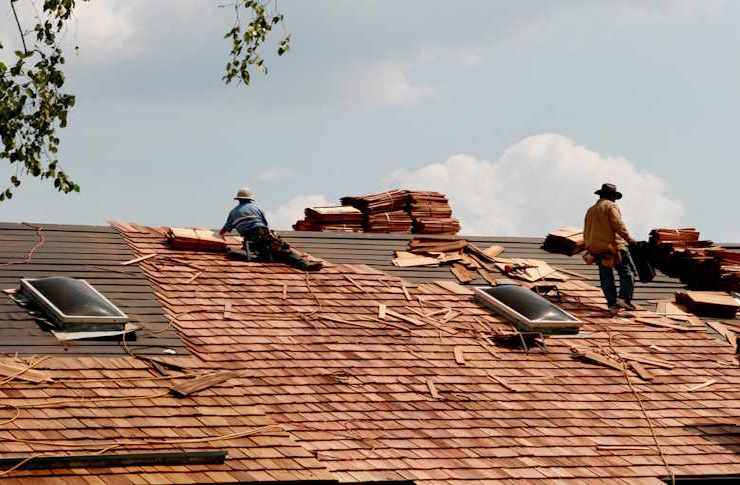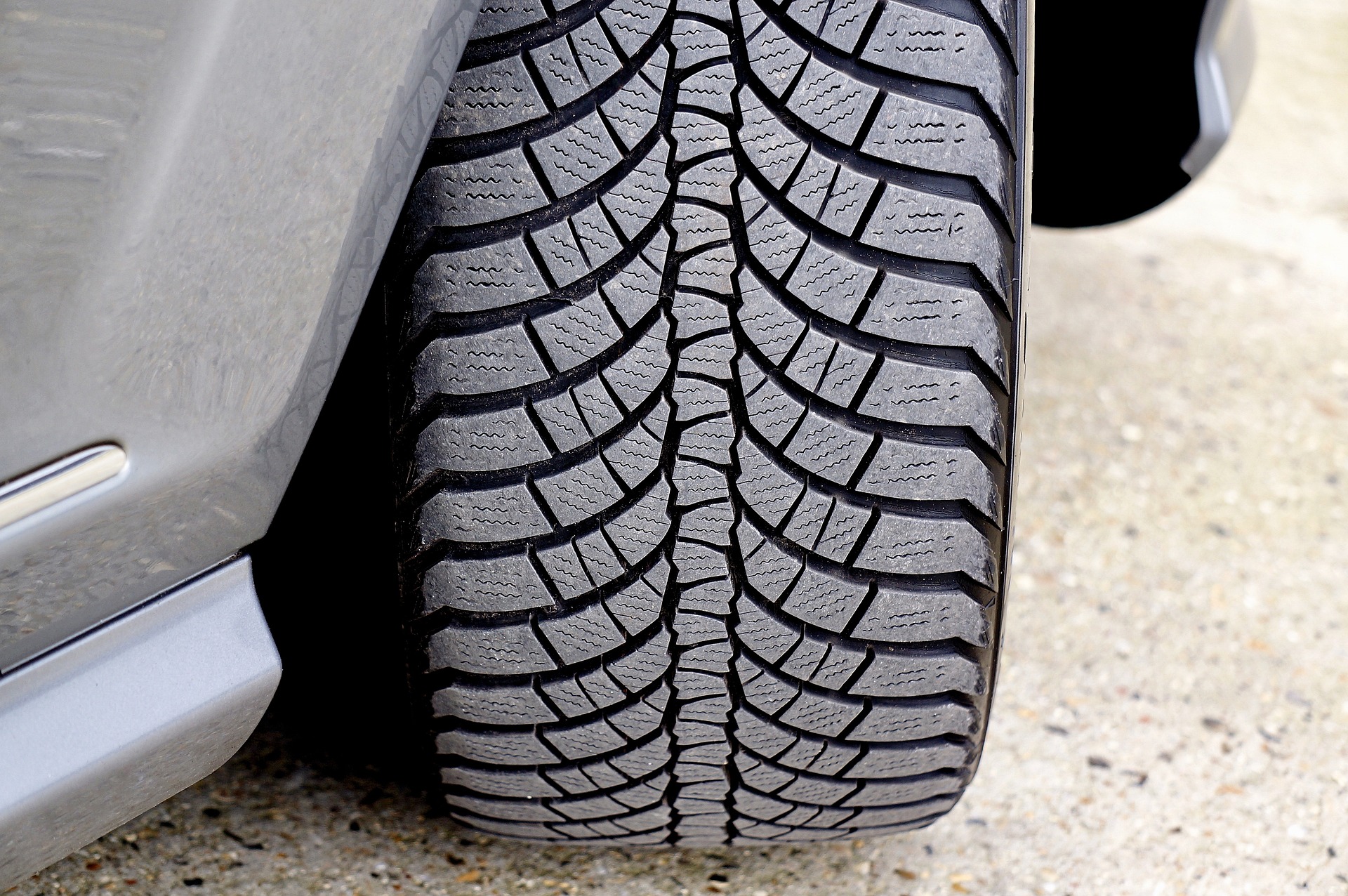Repairing vs. Replacing a Roof: Key Factors to Consider
When faced with a deteriorating roof, homeowners often struggle with the decision between repair and replacement. This critical choice involves evaluating multiple factors including the extent of damage, the roof's age, energy efficiency considerations, and long-term cost implications. Understanding these elements can help you make an informed decision that balances immediate needs with future home protection and financial planning.

The decision between repairing or replacing your roof ranks among the most significant home maintenance choices homeowners face. While repairs might seem like the economical option initially, sometimes a complete replacement proves more cost-effective in the long run. This article explores the essential factors to consider when deciding whether to repair your existing roof or invest in a complete replacement, helping you make an informed decision that protects both your home and your finances.
Assessing Roof Age and Material Lifespan
One of the primary considerations when deciding between repair and replacement is your roof’s current age. Most roofing materials have predictable lifespans: asphalt shingles typically last 15-30 years, metal roofing 40-70 years, and clay tiles potentially over 100 years. If your roof is nearing the end of its expected lifespan, repeated repairs may become increasingly frequent and costly. A roof that has reached 80-90% of its expected life might be better replaced even if the current damage seems limited.
Roof Repair Material selection also impacts this decision. Some materials are easier to patch and repair than others. For instance, individual asphalt shingles can often be replaced without disturbing surrounding areas, while metal panels or clay tiles might require more extensive work to maintain visual consistency and proper installation integrity.
Extent and Type of Damage Assessment
The nature and extent of roof damage significantly influence the repair-versus-replace decision. Isolated issues like a few missing shingles, minor leaks, or damaged flashing typically warrant repairs. However, when problems become widespread—affecting more than 30% of the roof surface—replacement often becomes more economical.
Emergency Roof Repair situations require immediate attention but shouldn’t necessarily dictate long-term decisions. After addressing immediate threats like active leaks, a thorough assessment should determine whether the underlying issues suggest more systemic problems. Signs that often indicate replacement rather than repair include sagging roof decks, extensive water damage in the attic, widespread shingle granule loss, and multiple leaks across different roof sections.
Energy Efficiency Considerations
Roofing Energy Efficiency has become an increasingly important factor in roof replacement decisions. Older roofs often lack modern energy-efficient features that can significantly impact your home’s thermal performance and utility costs. When evaluating repair versus replacement, consider that newer roofing systems offer improved insulation values, reflective surfaces that reduce heat absorption, and better ventilation systems.
Energy-efficient roofing can reduce cooling costs by 15-30% in warmer climates. If your current roof contributes to high energy bills, replacement with energy-efficient materials might offer substantial long-term savings that offset the initial investment. Many regions also offer tax incentives or rebates for energy-efficient roofing upgrades, further improving the financial equation.
Cost Analysis: Short-Term vs. Long-Term Investment
While repairs typically cost less upfront, they may not always represent the best financial decision over time. A comprehensive cost analysis should compare immediate repair expenses against the projected lifespan extension versus the long-term benefits of replacement.
Roof repairs generally cost between £150 to £1,000 depending on the issue, while complete replacements range from £5,000 to £12,000 for average homes. However, if you’re facing your third or fourth repair in recent years, these cumulative costs may approach replacement levels without providing the benefits of a new roof system.
| Option | Average Initial Cost | Lifespan Extension | Long-Term Value |
|---|---|---|---|
| Minor Repairs | £150-£500 | 1-2 years | Low for aging roofs |
| Major Repairs | £1,000-£3,000 | 3-5 years | Moderate |
| Partial Replacement | £3,000-£6,000 | 7-10 years | Good for localized issues |
| Complete Replacement | £5,000-£12,000 | 15-30+ years | Excellent long-term investment |
Prices, rates, or cost estimates mentioned in this article are based on the latest available information but may change over time. Independent research is advised before making financial decisions.
Leveraging Roofing Software for Decision-Making
Modern Roofing Software has transformed how professionals evaluate and recommend roofing solutions. These digital tools allow contractors to accurately measure roof dimensions, identify problem areas, and provide detailed visual representations of both current conditions and proposed solutions. As a homeowner, you can request that contractors use these tools to provide more transparent assessments.
Advanced roofing software can simulate how different materials and designs will perform under local weather conditions, helping predict longevity and performance. Some programs even offer cost-benefit analyses that compare repair versus replacement scenarios over time, accounting for factors like energy savings, maintenance requirements, and property value impacts. Asking contractors to provide these technology-assisted assessments can help you make more informed decisions.
Timing and Seasonal Considerations
The timing of your decision can impact both cost and convenience. Emergency Roof Repair situations often occur during adverse weather conditions when immediate action is necessary regardless of season. However, if your situation isn’t urgent, planning repairs or replacements during optimal seasons can reduce costs and improve results.
In most regions, late spring through early fall offers ideal roofing conditions with moderate temperatures and lower precipitation risks. Scheduling work during these periods often results in faster completion times and better installation quality. Additionally, many roofing contractors offer off-season discounts during winter months when business typically slows, potentially reducing your costs if the work can wait and weather permits.
When weighing repair versus replacement, consider your future plans for the property. If you intend to sell within a few years, a new roof typically offers 60-70% return on investment and can significantly improve marketability. Conversely, if you’re planning other major renovations soon, coordinating roof work with these projects might offer efficiencies and cost savings that influence your decision.
The choice between repairing and replacing your roof ultimately depends on a balanced assessment of all these factors. By considering roof age, damage extent, energy efficiency potential, and comprehensive cost analysis, you can make a decision that provides the best protection for your home while aligning with your financial situation and long-term property plans.




